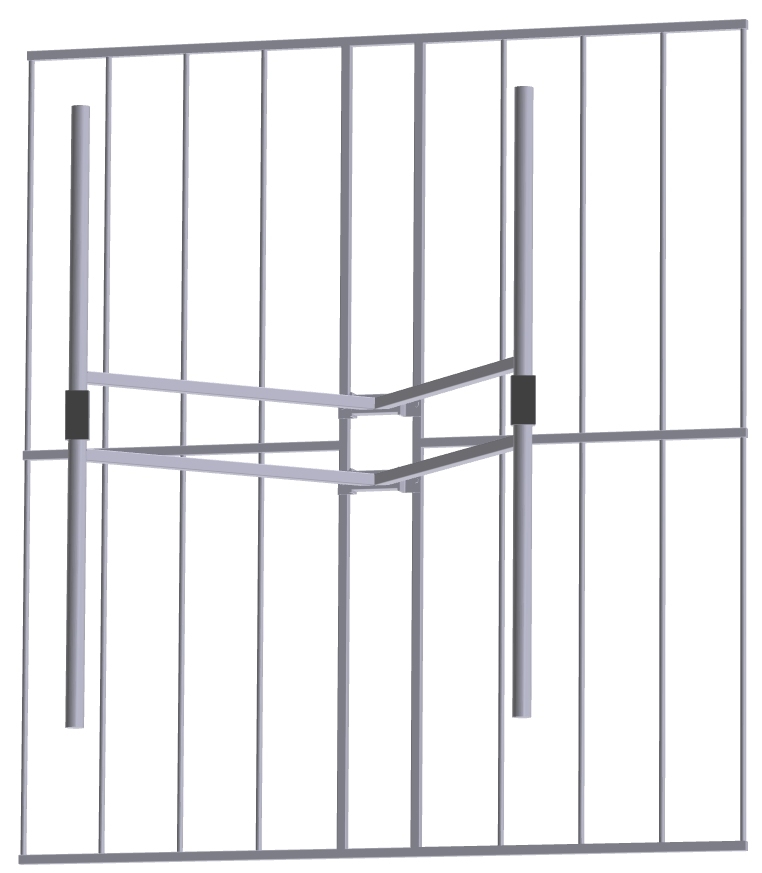FM Panel Antenna for 88-108 MHz
Model: PAFM-VRP - Vertically Polarized FM Panel Antenna
The PAFM-VRP panel antenna is a vertically polarized, broad band panel antenna covering the FM band from 88-108 MHz. The design of the panel antenna and the placement of the radiating dipoles allow the PAFM-VRP to have an expanded horizontal beam width, making this panel antenna ideal for mounting around triangular structures every 120 degrees. The antenna is composed of stainless steel and/or hot-dipped galvanized steel with the front radiating elements shipped disassembled from the rear panel to reduce shipping volume, thus minimal on-site assembly is required.
The antenna can be tuned for a VSWR of less than 1.10:1 across multiple channels in the FM band, as the panel antenna by nature is a very broad band antenna design. The addition of multiple antennas stacked both vertically (one on top of another) and horizontally (multiple panels oriented around the tower) increase coverage and gain of the array.

The FM panel antenna has distinct advantages over other types of exposed dipole FM antennas. First, the rear reflector panel being a part of the overall design of the panel antenna sheilds the active dipoles from any influence on impedance that adjacent metal behind the panel creates, such as the mounting structure or tower. The reflector panel, in effect, isolates any metal behind it from the active dipoles, thus greatly reducing the passive impedance effect that the mounting structure has on the active dipoles and the antenna array in general.
Second, the rear reflector panel on a panel antenna provides gain and directivity. This means that antenna coverage patterns can be customized simply by the placement of the individual panels around a tower and their interaction with each other, giving the broadcaster greater control and efficiency by broadcasting the signal where it is most needed and away from where it is not. Since the rear reflector provides sheilding and isolation from the mounting structure or tower, the final coverage pattern is also very reliable and predictable due to the reduced 'reflective' effect the mounting structure members have on array propagation.

